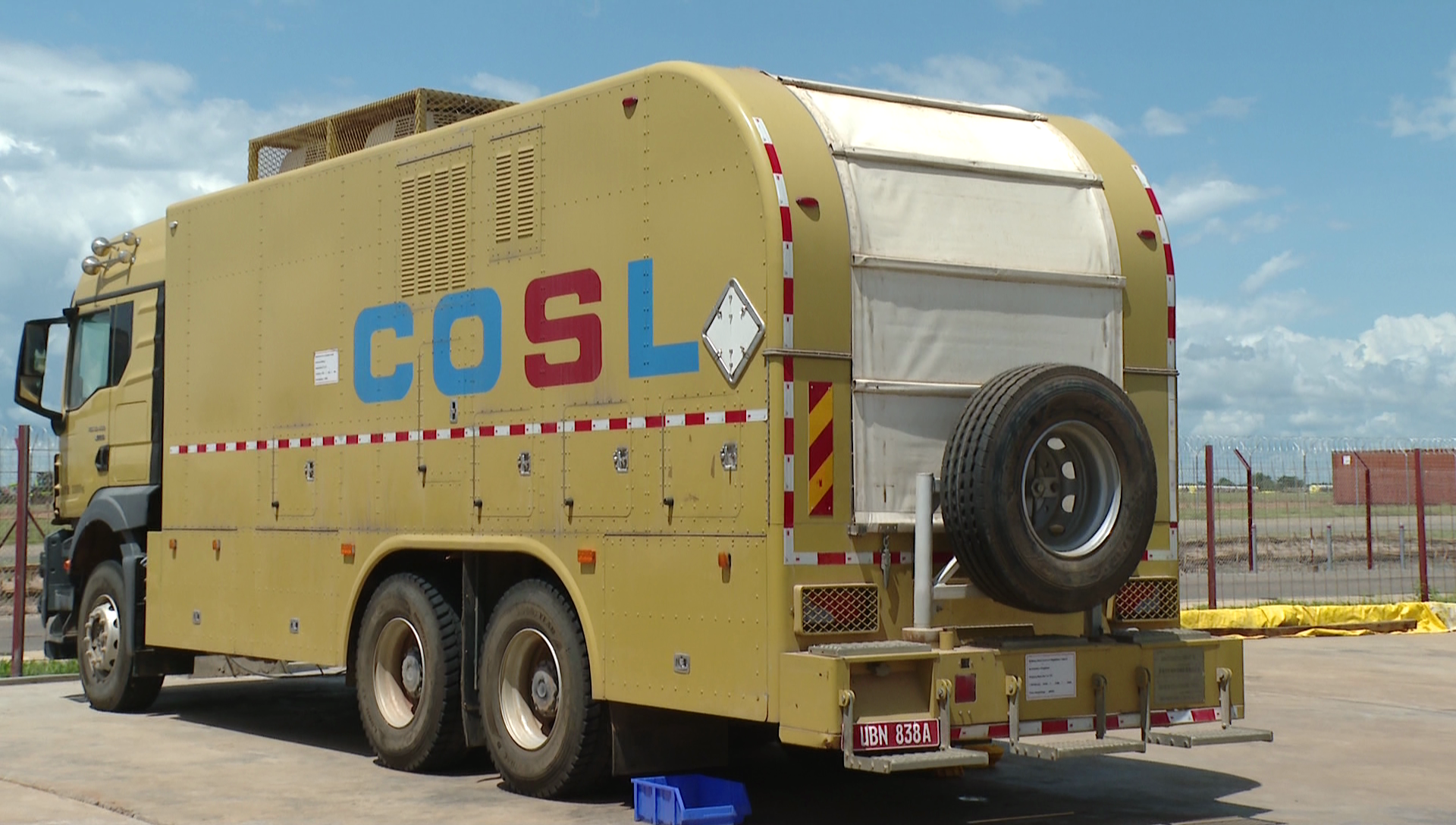News
Nuclear Technology Series 2: Into the Depths: Exploring the Depths of Nuclear Safety Bunkers and Transportation
Transportation precautionary measures include the deployment of lead and follow-back cars, accompanied by signage indicating the transportation of radioactive material.

#IvanKaahwaReports
In the realm of nuclear technology, sources emitting radiation are stored in heavily guarded places, bunkers, and containers to prevent theft and unauthorized access. These areas are clearly marked as no-go zones, allowing only approved members’ access. The primary aim of storing and transporting radioactive sources is to ensure safety by shielding radiation, thus preventing harm to nearby individuals.
Temporary containers are specifically designated to ensure the safety of workers, the public, and the environment during transportation. Although these sources emit radiation in all directions, the containers are intricately designed to shield radiation while providing an opening for access.

Dr. Akisophel Kisolo, Chairperson of the Atomic Energy Council, indicates that the type of containers used depends on the density of the sources. Neutron sources are typically shielded using plastic or water, while gamma ray sources are effectively stopped by steel and concrete.
Hence, there exists a delicate balance between weight, bulkiness, and ease of use in the transportation and storage of sources. Manufacturers are tasked with designing suitable transport casings for each source due to inherent differences in shape, design, and purpose.
Inspector of Police Nyero Patrick, a Bomb Technician, explains that specialized teams are trained to handle and transport radioactive sources. Precautionary measures include the deployment of lead and follow-back cars, accompanied by signage indicating the transportation of radioactive material. Moreover, other road users are instructed to maintain a safe distance.

Dr. Akisophel emphasizes the importance of maintaining a reasonable distance between occupants and the source during transportation to ensure adequate safety. In cases where safety measures are deemed insufficient, the construction of a build-up bunker may be necessary.

According to Deogratias Luwalira, CEO and Secretary of the Atomic Energy Council, bunkers play a pivotal role in ensuring nuclear safety and security. Approved bunkers must possess adequate thickness and appropriate materials to prevent radiation leakage, which can only be detected by radiation detectors.
Approval for bunkers entails interrogation regarding the types of materials to be stored, their intended use, wall thickness, and security against unauthorized access. Inspector of Police Nyero Patrick further elaborates that bunkers designed for radioactive sources typically feature recommended wall thickness, concrete storage pits, and covers.

The Atomic Energy Council issues various licenses for the use, sale, possession, and transportation of nuclear technology. Prior to license issuance, pre-authorization procedures are conducted to ensure the safe and secure use of the technology.
The writer is a Journalist in Uganda specializing in Crime and Investigation
Kaahwaivan@gmail.com
#IvanKaahwaReports


































